The Galycean Moth
Found only in the
Athdran-Lachill Mountains in northern
Tolara, the
Galycean Moth has four life stages, as most Moths and Butterflies do: Egg, Larva, Pupa, and Adult; from start to finish, it takes 30 days to complete its lifecycle- though warmer temperatures have, at times, been known to speed up their development.
As one of the only evergreen food sources available, the moth has developed a dependency on the the native
Möhring Juniper for its survival. Despite the dependency, however, the relationship is commensalist in nature; the Galycean Moth lays its eggs among small clusters of the Juniper's winter fruits. When the Larva emerge from their eggs, they consume these berries as their primary food source before finally making their cocoons within its uppermost branches- all with little effect on the tree.
To those unaware, the Galycean Moth is prized for its gold, orange, and black coloration and slight bioluminescence. To the
Caenala'Vi of
Di'kae Milona, however, it's the silk they spin that's heavily prized. But while traditional silk moths produce silk during the cocooning phase, the Galycean Moth spins its threads in an effort to navigate the boughs of the Möhring Juniper during its larval stage- well before cocooning. Traveling among the boughs this way allows them to easily navigate between food sources while conserving greater amounts of energy- an adaptive feature much needed in their native climate.









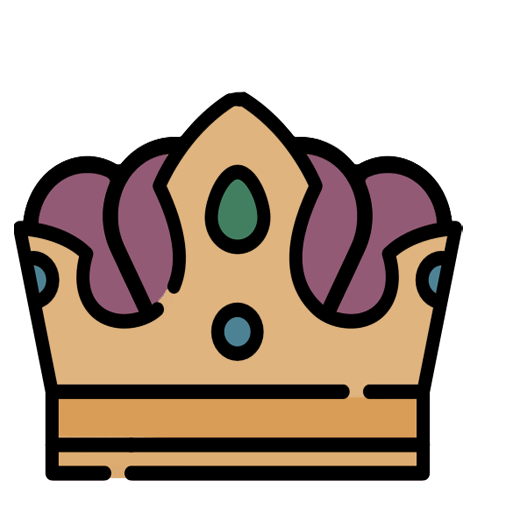
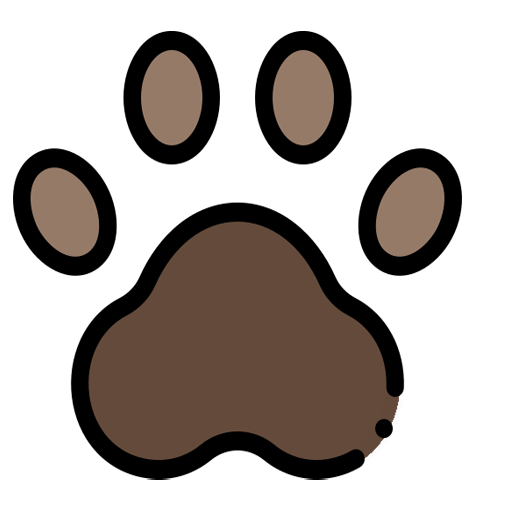
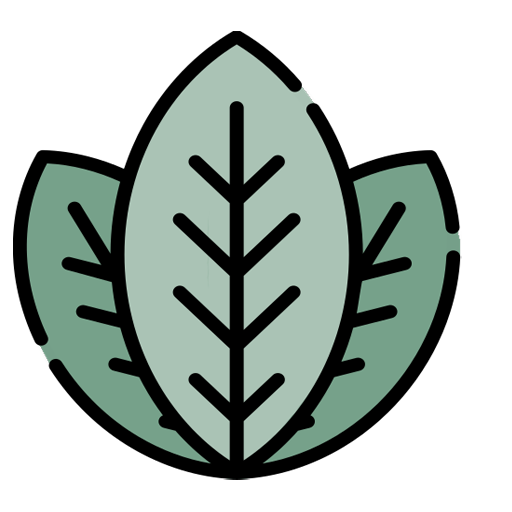



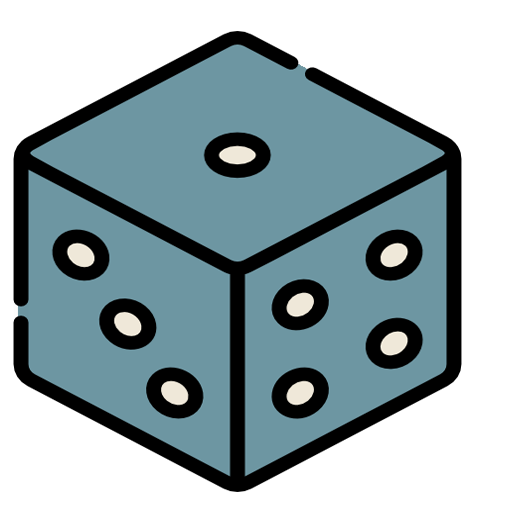



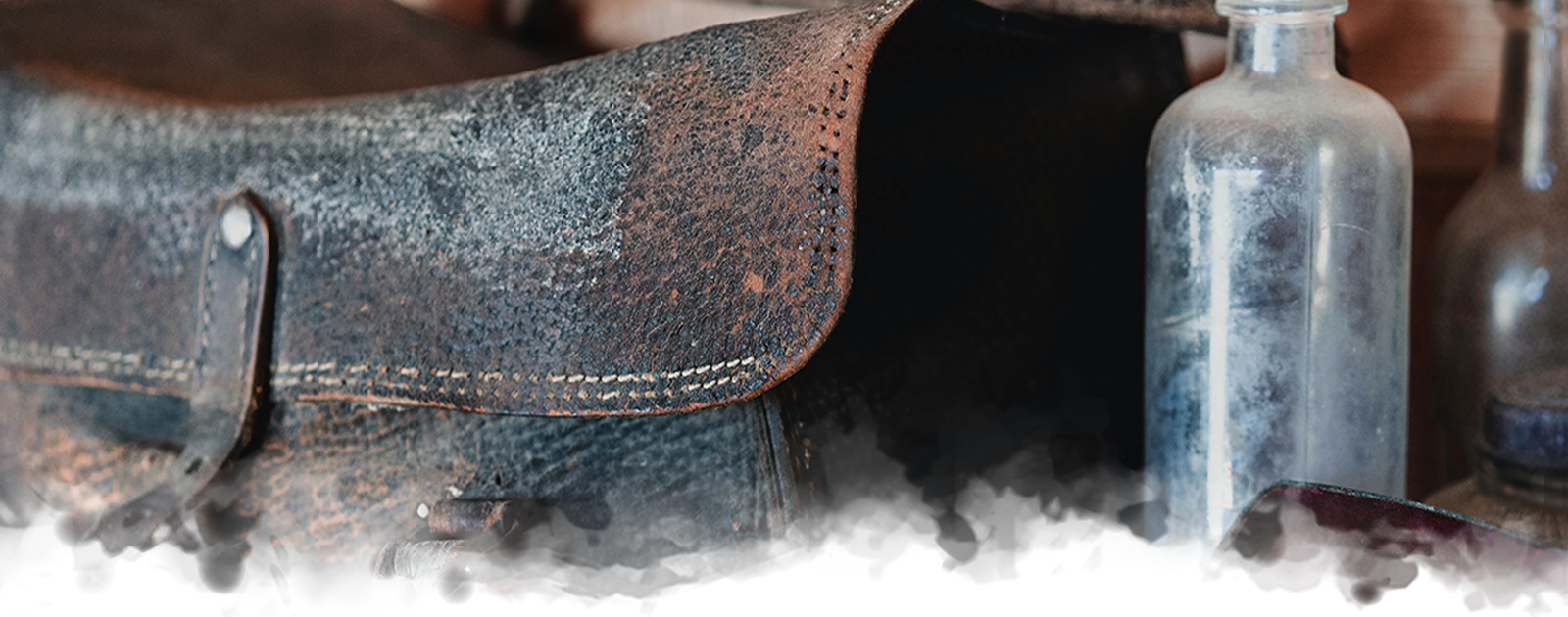
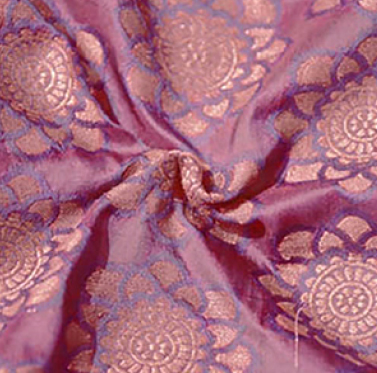
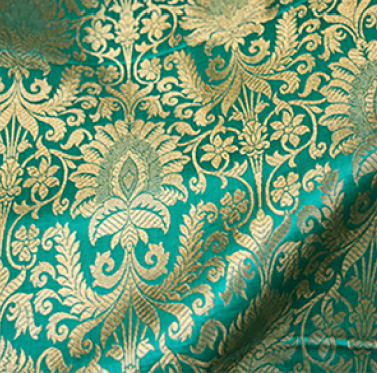
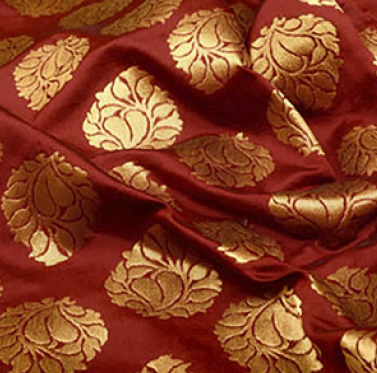

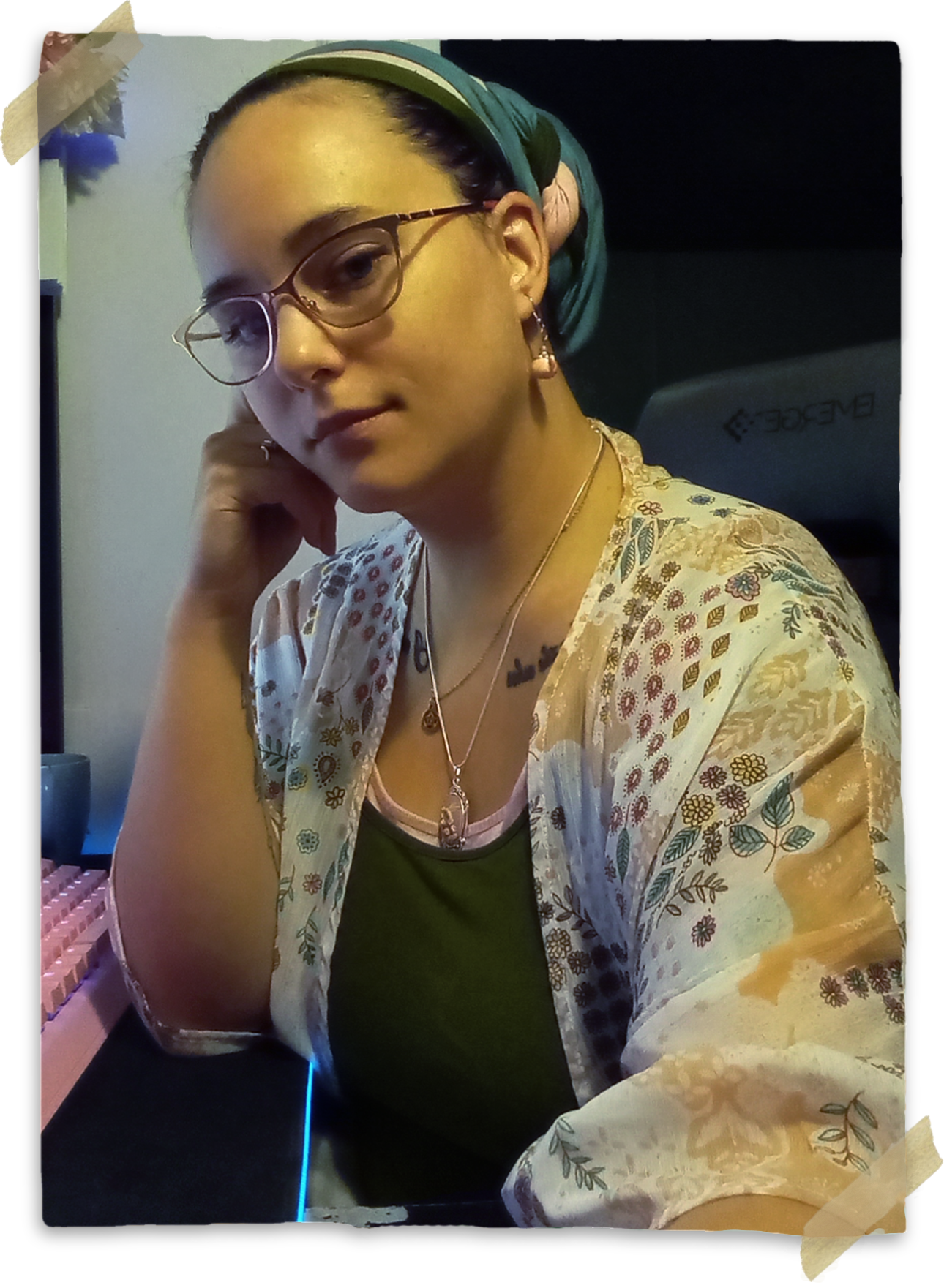
I really like the aesthetics of this article! There's plenty of interesting information about the silk and how it fits into the world without things getting too cluttered, and I like how more in-depth stuff is tucked behind those buttons. How did you do the scrolling containers?
They're just a default spoiler with the text well set to a max height so they don't keep going on for ages. The color change is done through additional containers affecting the spoiler button in its active, selected, default, and hover states. Pretty simple!
⤳ Buy me a Ko-fi
⤳ Join My Discord